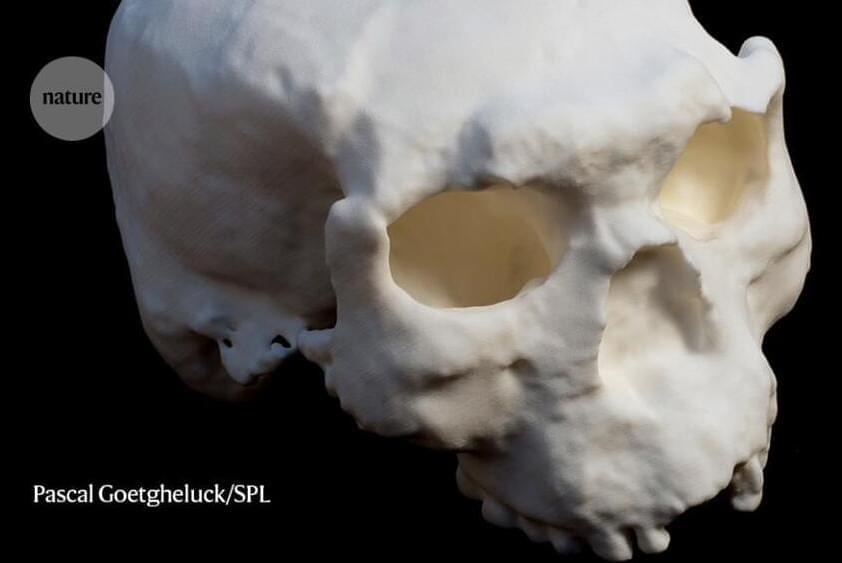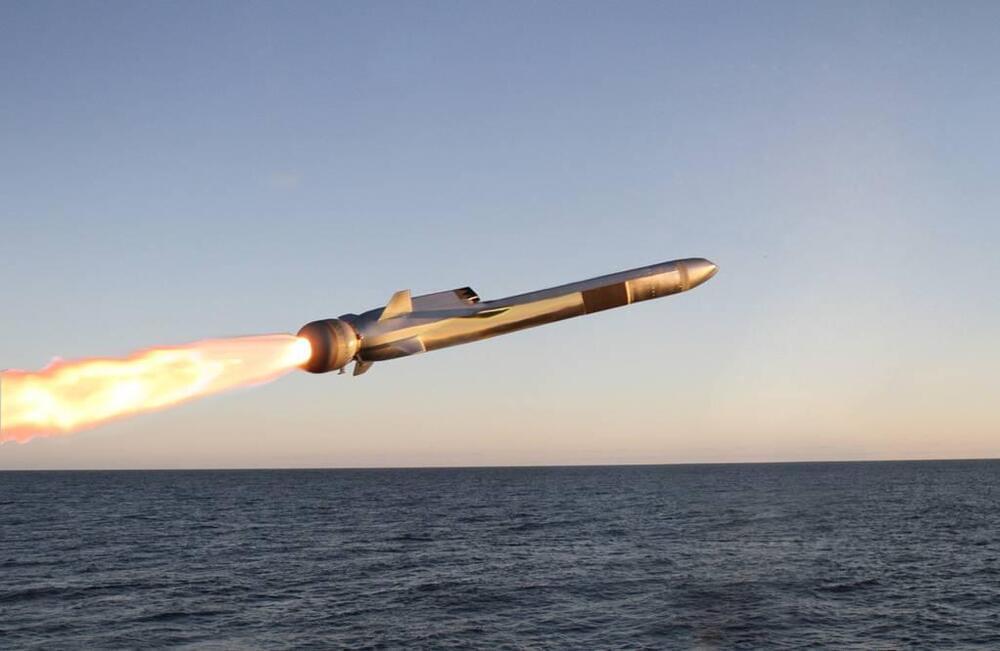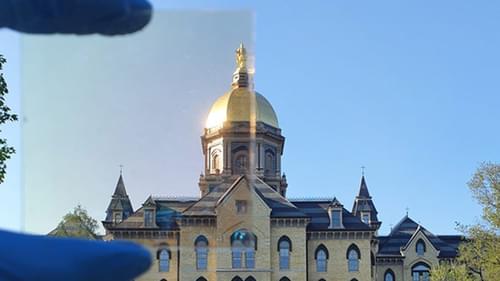😗
Fieldwork is under way to excavate a rare, well-preserved specimen in central China.


Scientists have created, synthesized, and analyzed a new class of fluorophores, which are luminous chemical compounds. These are the new bullet systems based on cyanopyrazine. According to research, the inclusion of cyanogroup compounds in fluorophores considerably boosts the efficiency of organic light-emitting diodes (OLED). This indicates they can be utilized to develop new materials to improve the brightness of smartphone, computer, and television screens. The researchers’ findings were recently published in the journal Dyes and Pigments.
The research was led by Egor Verbitskiy, the director of the Postovsky Institute of Organic Synthesis Ural Branch of RAS and a member of the Laboratory of Medical Chemistry and Advanced Organic Materials at the Ural Federal University. He states that physicists were aware that introducing cyanogroups to fluorophores can enhance the OLEDs’ properties and overall efficiency.

Let’s not just cure cancer: let’s cure aging One of the most exciting areas of modern scientific research is the investigation of the causes and cures for aging. Not individual diseases like cancer and heart disease, but the processes which make us elderly and frail, and which thereby make us more susceptible to these diseases.

The first three warships are being rapidly modified to accept the weapon with the first ready for operation in a little over 12 months the U.K. Ministry of Defence said in a statement.
Defence Secretary Ben Wallace revealed the deal during a visit of the British aircraft carrier HMS Queen Elizabeth to Norway this week.
The surface-to-surface strike weapon is being rushed into service in time to meet next year’s pensioning off of the Harpoon missile originally built by McDonnell Douglas before the company was acquired by Boeing.
Australian researchers have uncovered a new form of antimicrobial resistance (AMR), undetectable using traditional laboratory testing methods, in a discovery set to challenge existing efforts to monitor and tackle one of the world’s greatest health threats.
AMR is expected to claim 10 million lives a year by 2050, with scientists racing to understand and get ahead of the diminishing benefits of antibiotics.
Now, a team led by Dr. Timothy Barnett, Head of the Strep A Pathogenesis and Diagnostics team at the Wesfarmers Centre of Vaccines and Infectious Diseases, based at Telethon Kids Institute in Perth, Western Australia, has unearthed a critical clue to the way some bacteria are managing to dodge antibiotics—a finding expected to be the tip of the iceberg.
A team of quantum engineers at UNSW Sydney has developed a method to reset a quantum computer—that is, to prepare a quantum bit in the ‘0’ state—with very high confidence, as needed for reliable quantum computations. The method is surprisingly simple: it is related to the old concept of ‘Maxwell’s demon’, an omniscient being that can separate a gas into hot and cold by watching the speed of the individual molecules.
“Here we used a much more modern ‘demon’—a fast digital voltmeter—to watch the temperature of an electron drawn at random from a warm pool of electrons. In doing so, we made it much colder than the pool it came from, and this corresponds to a high certainty of it being in the ‘0’ computational state,” says Professor Andrea Morello of UNSW, who led the team.
“Quantum computers are only useful if they can reach the final result with very low probability of errors. And one can have near-perfect quantum operations, but if the calculation started from the wrong code, the final result will be wrong too. Our digital ‘Maxwell’s demon’ gives us a 20x improvement in how accurately we can set the start of the computation.”
Short version: One treated rat is sill alive and equivalent to a 110 year old human.
In this video we review the latest updates from Dr Katcher’s Lifespan trials and NEEL clinical trials.
NTZ Newsletter.
https://www.ntzplural.com/newsletter.
NEEL website.
https://www.neel.bio.
Renue By Science 10% of all products: https://tinyurl.com/4yrf4tv3
10% off DoNotAge all products with discount code MODERNHEALTHSPAN
https://donotage.org/products/
10% Discount off all ProHealth longevity products: https://tinyurl.com/269hzbt7

If you enjoyed this video, you might like my book: https://ageless.link/
I saw a Twitter thread about Bryan Johnson’s ‘Blueprint’, claiming that he’d made himself biologically younger with a highly optimised combination of diet, supplements and exercise. What could that mean? And should we all start chugging 25 pills a day to start on the Blueprint ourselves? Probably not…but the biology behind it is surprisingly interesting.
*Chapters*
00:00 A tweet goes viral.
00:44 Getting ‘biologically younger’
01:23 NAD levels.
03:09 Maximum heart rate.
04:12 Epigenetic clocks.
07:12 Step 1: the Blueprint diet.
09:23 Step 2: ALL THE SUPPLEMENTS
11:43 Step 3: track progress.
12:40 Conclusion.
*Sources and further reading*
My book, Ageless: The new science of getting older without getting old, goes into far more depth about rapamycin, metformin and epigenetic clocks, and lots more! https://ageless.link/

Cooling accounts for about 15 percent of global energy consumption. Conventional clear windows allow the sun to heat up interior spaces, which energy-guzzling air-conditioners must then cool down. But what if a window could help cool the room, use no energy and preserve the view?
Tengfei Luo, the Dorini Family Professor of Energy Studies at the University of Notre Dame, and postdoctoral associate Seongmin Kim have devised a transparent coating for windows that does just that (ACS Energy Letters, “High-Performance Transparent Radiative Cooler Designed by Quantum Computing”).
The coating, or transparent radiative cooler (TRC), allows visible light to come in and keeps other heat-producing light out. The researchers estimate that this invention can reduce electric cooling costs by one-third in hot climates compared to conventional glass windows.